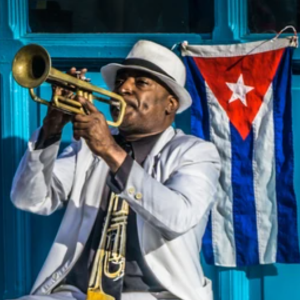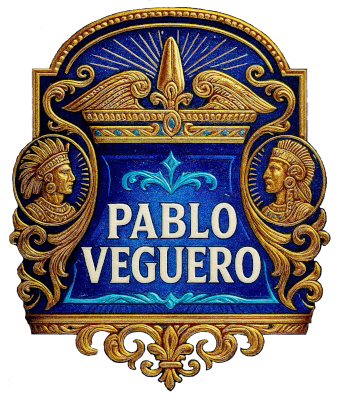
Cuban Cigars: Where History, Soil, and Craft Converge
In 1492, Christopher Columbus arrived in Cuba and encountered Taíno people smoking rolled tobacco leaves. Fascinated, he carried the practice back to Europe and ignited a global tradition. Centuries later, Cuban cigars remained woven into history and culture. Fidel Castro once joked that his cigars felt like old friends—complex, dependable, and expressive. On one occasion, however, an uneven-burning batch triggered a heated debate with his rollers. Stories like these capture the spirit of Cuban cigars. They represent more than tobacco. Instead, they reflect heritage, craftsmanship, and national pride. From explorers to revolutionaries, Cuban cigars continue to shape conversations around the world.
Origins of Cuban Cigar Cultivation
Cuban cigar cultivation began long before European arrival. The Taíno people treated tobacco as sacred, using it for rituals and healing. By the 16th century, Spanish settlers recognised Cuba’s fertile soil and humid climate as ideal for growing tobacco. In 1542, they established the island’s first cigar factory.
Legend tells of a Spanish sailor who smuggled Cuban seeds abroad, only to lose them during a shipwreck. Those seeds later sprouted across the Caribbean, creating rival tobacco regions. Despite competition, Cuba maintained its reputation. Today, farmers continue to battle hurricanes, droughts, and economic pressure. Yet, their dedication preserves Cuba’s position as the benchmark for premium cigars.
Cuban Tobacco Regions and Varieties
Cuban cigars rely heavily on Criollo-descended tobacco, a resilient plant suited to volcanic soil and tropical weather. The most celebrated region is Vuelta Abajo in Pinar del Río. It produces world-class wrappers, binders, and fillers. Remedios, Cuba’s oldest tobacco region, yields stronger leaves often used in traditional blends. Meanwhile, Partido specialises in shade-grown tobacco that adds finesse and aroma.
Sun-filled days and cooler nights encourage slow leaf development and rich flavour. However, excessive rain can damage crops and reduce yields. Climate change has intensified these risks. As a result, growers now adopt more resilient strains and sustainable farming techniques. These adaptations help protect quality while preserving tradition.
Flavour Profile and Smoking Experience
Cuban cigars deliver a distinctive and recognisable profile. They offer earthy flavours with notes of leather, pepper, cocoa, and subtle sweetness. Many smokers describe a signature “barnyard” character and gentle salinity. Unlike many modern cigars, Cuban cigars rely on pure Cuban tobacco, without flavouring or additives.
Despite their strength, they maintain excellent balance. Mineral-rich soil adds depth, while extended aging softens harsh edges. Each draw unfolds gradually, offering complexity without aggression. For many aficionados, Cuban cigars provide elegance rather than intensity. They reward patience and attention, delivering a refined and memorable experience.
Industry, Craft, and Cultural Legacy
Cuba’s cigar industry generates billions globally through brands like Partagás, H. Upmann, and Montecristo. Factories in Havana produce millions of cigars each year using time-honoured methods. However, farmers in Pinar del Río form the industry’s foundation. Many surrender most of their harvest to the state, yet they continue farming with pride and discipline.
Inside the factories, skilled torcedores roll cigars by hand, often listening to radio readings during work. Quality control remains meticulous, and tradition guides every step. Together, farmers and rollers preserve a living craft. Each cigar carries history, labour, and cultural identity.
Why Cuban Cigars Endure
Ultimately, Cuban cigars represent resilience, artistry, and place. They rise from humble soil and skilled hands, shaped by weather and time. Whether enjoyed by a newcomer or a seasoned collector, they offer more than flavour. They tell a story—rich, smoky, and unmistakably Cuban.




